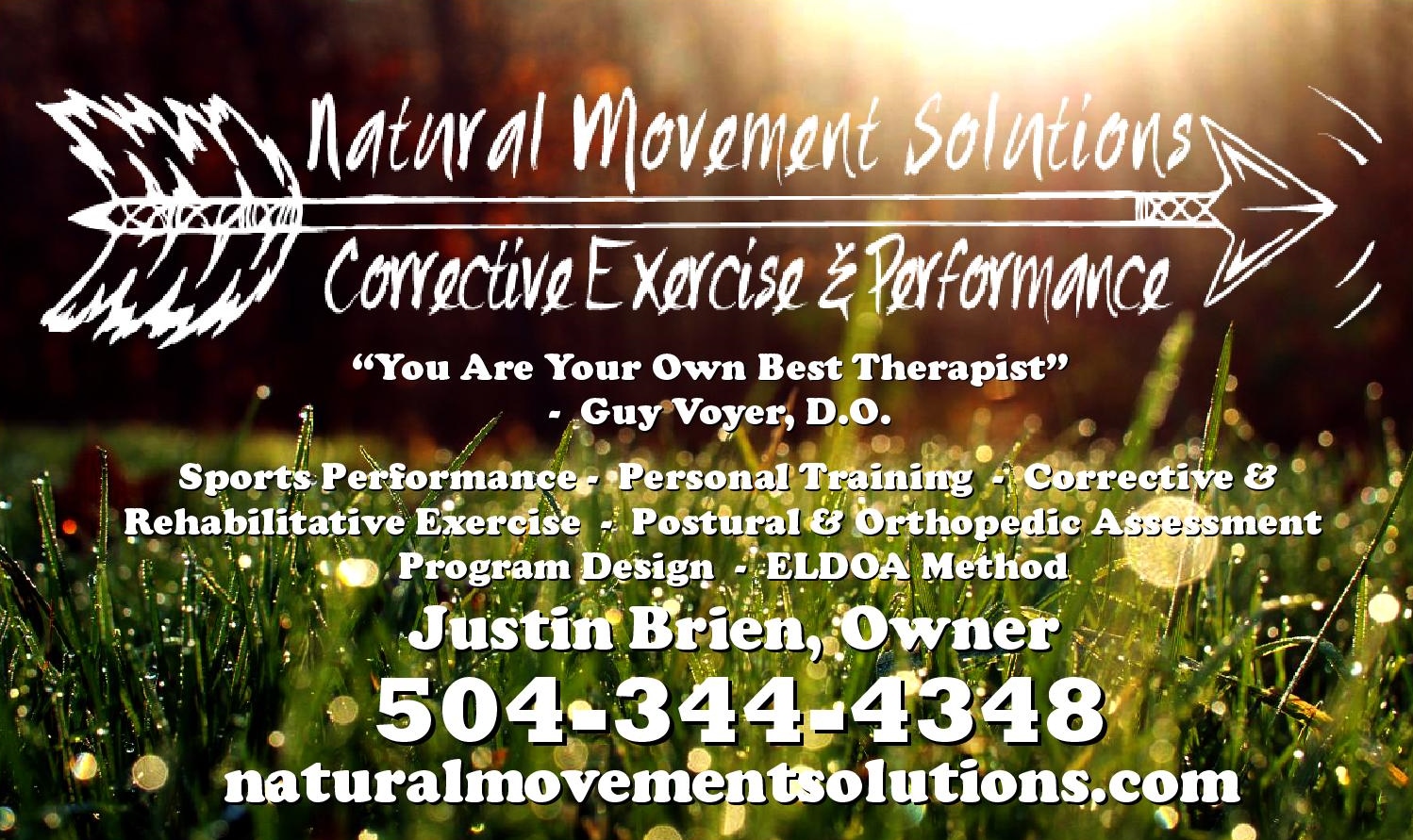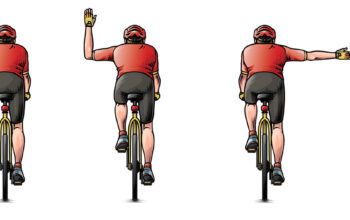By Justin Brien, Natural Movement Solutions
One type of training is no better than another. All exercise has its place and purpose for each and every human on the planet, and for those who exercise regularly, we typically do what we enjoy. Anything that we don’t like or that is outside of our comfort zone, we typically disregard.
In my training experience, people that are tight dislike stretching, and people that are flexible don’t practice much strength training. It would make sense if all of the yogis did some form of strength training every week and the weight lifters attended yoga every week. But, of course I am only talking about achieving better function. The goal for a bodybuilder is not athleticism, coordination and function, the goal is usually hypertrophy, proportion and symmetry. I was motivated to write this article to encourage people to think more about function.
What does your body require for all of your joints to function properly? In the past 9 years I’ve had the opportunity to meet and work with people from all different ages, training backgrounds and all walks of life…young, old, middle aged, sedentary, athletic, body builder, yogi, etc. Most of the time, doing some exercise versus doing no exercise is better. It is important to understand that every time we train our bodies we have some effect on our entire structure.
After years of training, what is done with the muscle will dictate the posture of your hip, pelvis, spine, shoulder, knee etc. You can literally train the structure of your body into or out of dysfunction depending on the exercise you choose. One case involved a client presenting lower back pain. When I asked about their current exercise program, the client admitted to following the same program for 12 years. This is an extreme example, but the question remains: Can the position of your joints be helped or hurt by what you choose to do in the gym? The answer is yes.
So, what do you stretch and what do you strengthen to make the joint mobile and strong? Each training methodology or environment is different, eliciting completely different physiological responses in the body. Most of us are programmed to perform one particular way, our bodies adapting to the exercise stress that we have placed on it over a period of time. This is part of why we don’t want to train outside of our little boxes. The purpose of this article is to categorize different methods of exercise, general conditioning, strength and movement training.

Cardiovascular training, bodybuilding, sport specific training and Yoga can fall into these categories. Yoga is movement and requires strength, but if I had to classify Yoga, I would say that it is more of a global (whole body) exercise method. Also, there is philosophy behind the practice to integrate the spirit, mind and the body.
Being able to handle your own body weight, having flexibility, body awareness and mental consciousness is invaluable. But for the purpose of exercise, I would say that yoga falls into the global training category.
Cardiovascular training is mostly global, generally a repetitive movement geared towards conditioning the cardio-respiratory system. Cardio training does not have to be global or repetitive. You can create blocks or circuits of exercises and work non-stop for a cardiovascular workout. Sport specific training varies from each sport, but generally global exercises are used to build the athlete according to their environment.
Bodybuilding or hypertrophy training falls into the segmental strengthening category. The difference between the analytical/segmental training and bodybuilding is that bodybuilding is not geared towards achieving better function. The goal is to build the muscle as big, defined, proportional and symmetrical as possible. Pilates would be considered very analytical/segmental with the goal being precision, strength and function.
Part 2 of this article will break down different categories of exercise that I see the majority of people performing in the gym today. I will share my opinion, my experience working with my clients and what works best for myself. I don’t like to put things into a box, so by no means am I saying that you can’t mix these up on the same day. It all really depends on your goal. If the goal is to flex on stage for 5 minutes and have the best looking body, then how you move matters less. If your goal is to run the Crescent City Classic, how nice your muscles look is not as relevant. If your goal is to function to the best of your ability, then how your body feels will have priority over how you look or how far or fast you can run. Your program is yours to be creative with, try new things and just keep your body moving.
– Justin Brien, Natural Movement Solutions
Next Week: Part 2 of Improving Function!




